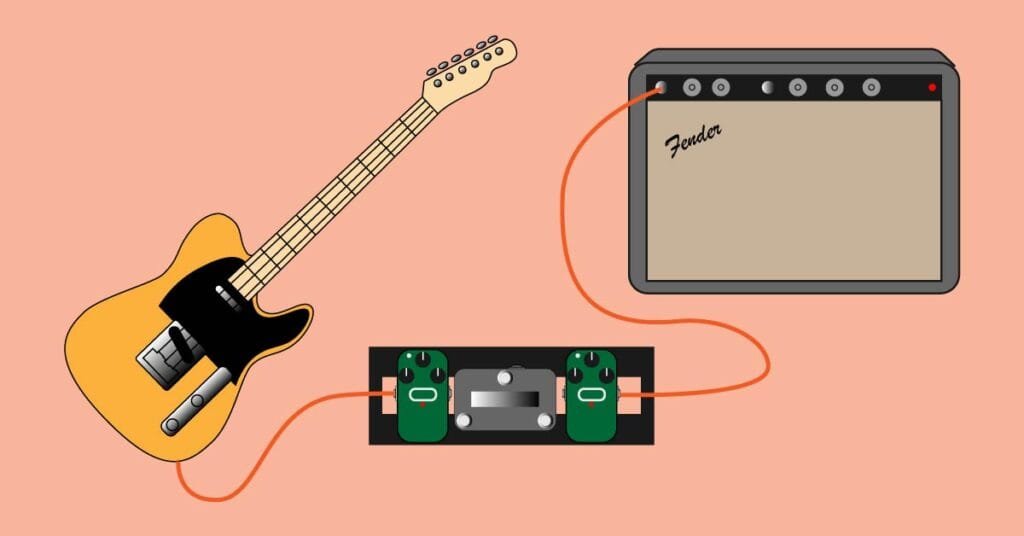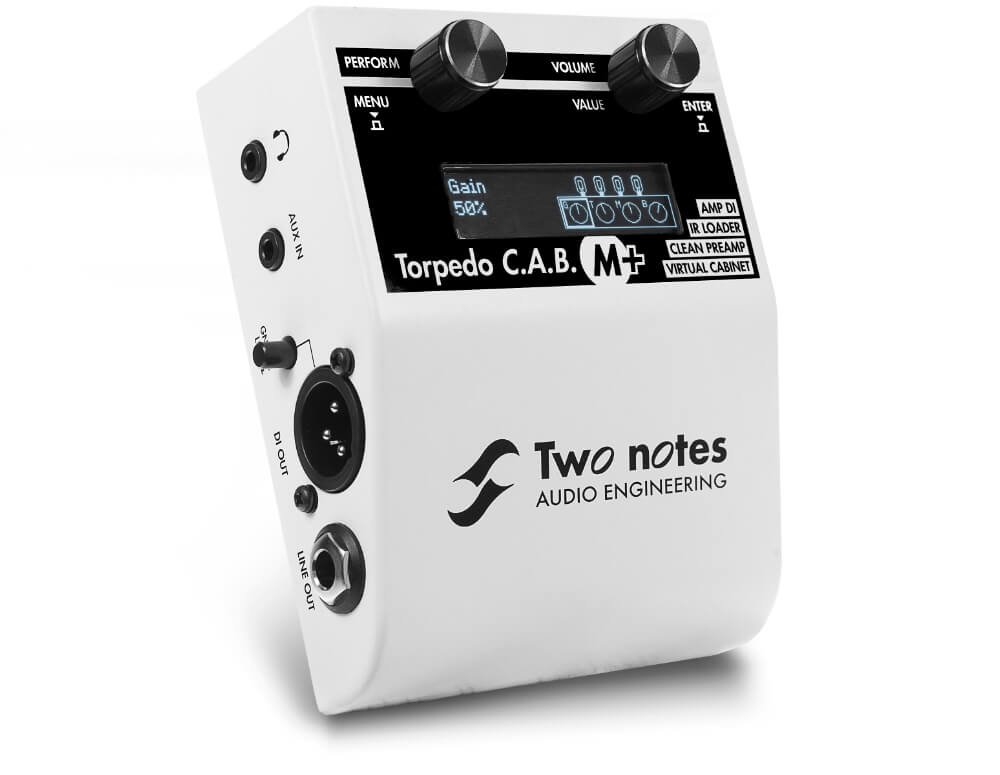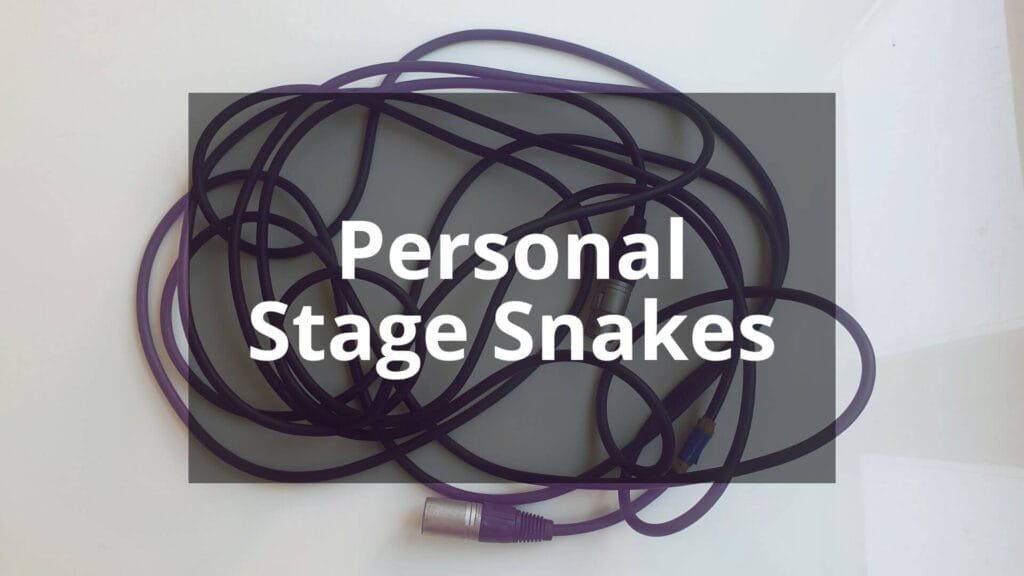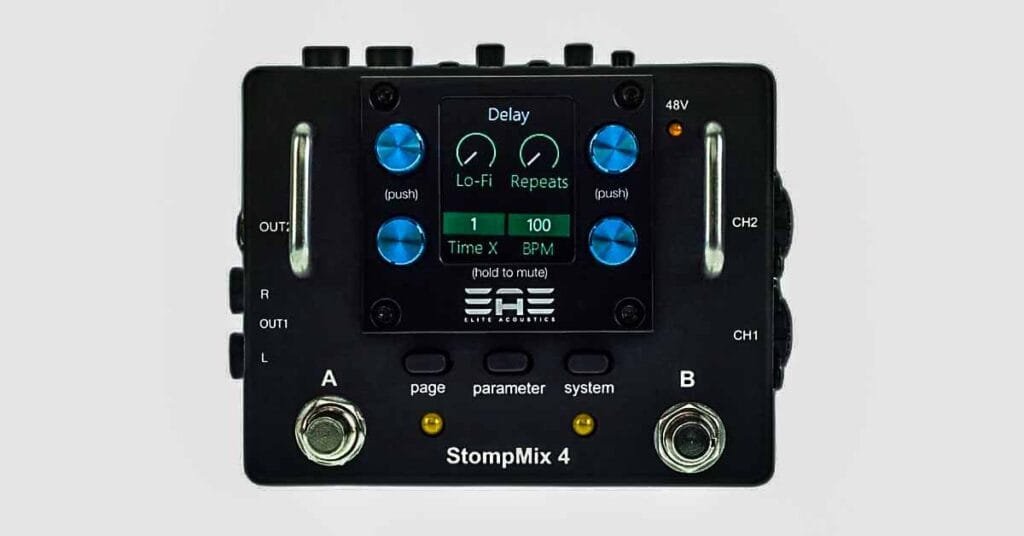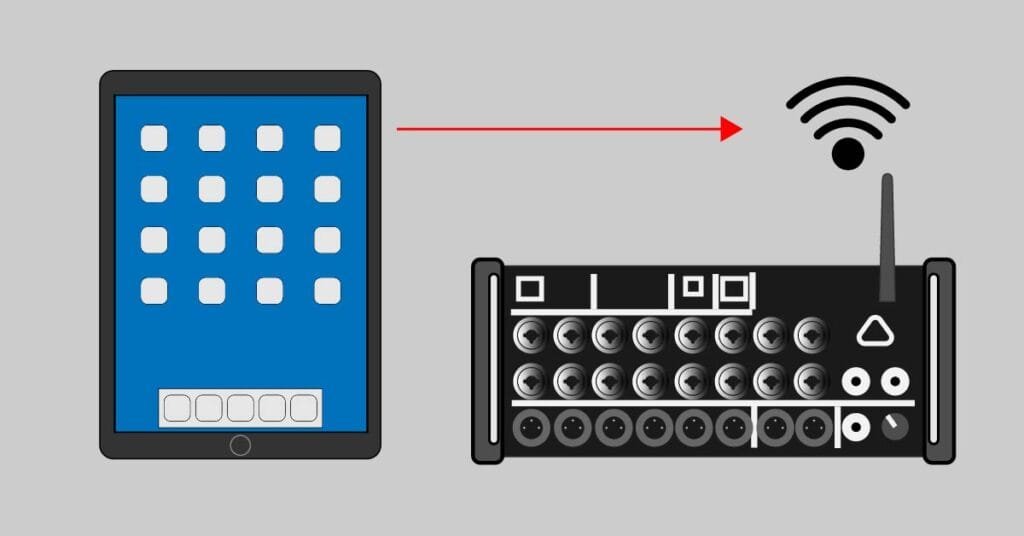Live Guitar Rigs Explained: Types and Variations
Introduction
According to Reverb, back in 2022 though, the average guitarist owns about 2 electric guitars, one acoustic guitar, a couple of pedals, and an amp. To be precise,$2142 worth of guitar gear. That was in 2022. But what about the average professional guitarist who plays a lot of gigs annually? Or what about the size and weight of that equipment, how many guitars, pedals, and amps do you guys have? Have you ever calculated the weight of your guitar rig that you use on an everyday gigging basis? Bet you didn’t. But I know who did. Someone’s back.
If you’ve ever considered downsizing your live guitar rig for any reason, or you’re just not sure what type of rig you want or need here is the place to be. In this article, I will explain what types of guitar rigs are being used by guitarists in real-life situations. If the reason you are using a specific guitar rig is to adapt to a certain type of gig or simply because of your personal preference or needs, it’s OK guys. The show will go on.
The guitar signal chain
Let’s explain this first to better understand all the components and possible variations in a live guitar rig. The guitar signal chain consists of several elements. These elements can all be separate units or can be grouped. Let me first explain the flow.
Guitar > effects > preamp > amp > speaker > mic > mixer
Every segment of this signal chain has a role in creating the guitar’s final sound.
Now let’s see, in a combo amp, which is the most used unit for guitar, there are three components grouped in one unit:
- Preamp
- Amp or Power amp
- Speaker
The preamp is a device that makes your guitar signal, which is very weak, come to life. It creates the sound of the amp itself by making the sound strong enough for the amp to work with and by shaping the complete sound with specific EQing and so on.
Furthermore, the amp is simply responsible for making this created sound by the preamp a strong enough signal to be fed to the guitar speaker.
The speaker then produces sound waves we can hear. Guitar speakers differ from PA speakers. They color the sound so that the characteristic guitar frequencies are emphasized. The guitar is producing mid-frequencies, anywhere from 80 Hz to 7 kHz. PA or FRFR speakers are not colored and can equally produce all frequencies.
The guitar combo amp is the best example where there are multiple elements within one unit. Throughout this article, I will be mentioning more units with various components from the signal chain. Now let’s take a look at the main physical elements we can use for live performances.
Elements of a guitar rig
1. Guitar
This one is obvious. If you don’t have a guitar in this chain, it doesn’t work. Technically, it’s the main element, with which we play the gig, so I won’t be talking about it so much. You can’t do without it. You can’t modify this element. Or can you?
What if you play an electric and an acoustic guitar on your gigs? Instead of taking both of them to gigs, maybe you can get away with just the electric and use an acoustic simulator, either as a pedal or through a multi-effects unit. You don’t have to drag your acoustic for just 3 songs, right. But what if you play a bunch of acoustic songs?
That’s where the hybrid type of guitars comes in. They are usually semi-hollow electric guitars with electric guitar pickups and piezo pickups that can produce tones from both worlds. Some of the most popular choices are the Taylor T5z Classic DLX, the Godin A6 Ultra, and the Crafter SA Series.

As you see, you can’t play without a guitar, but if you need an electric and an acoustic you can have both sounds from only one guitar.
2. Effects
Guitar pedals! Just by mentioning them some of us get really excited. The thrill of checking out a new pedal and how it shapes our tone is something every guitar player experiences. Some guitarists use effect pedals as a necessity and don’t care about trying new ones, while some of us just can’t stop buying them.
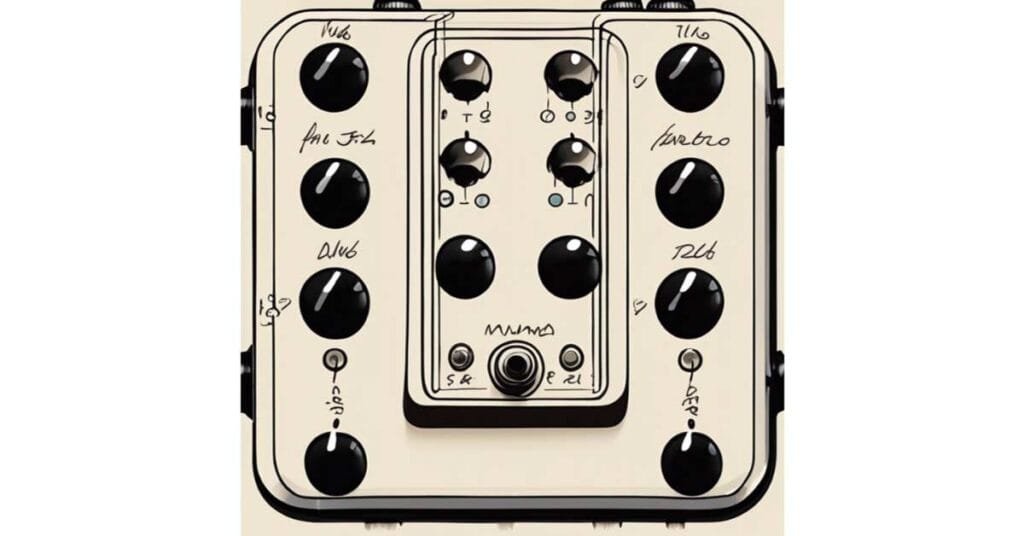
Guitar or bass effects can be single pedals or can be stored in a single unit called a multi-effects pedal. Both single pedals and multi-effects pedals can be analog or digital. Effects are used to shape the tone the guitar is sending into them.
If you choose the digital road, having a multi-effects pedal can be a game changer for you if you need to use very different guitar sounds. One of the biggest benefits besides having tons of effects is that these units offer presets and can be programmed to do just about anything.
Some guitarists don’t need effects or just use the reverb or whatever is built into their amp. A good example is jazz and blues guitarists.
3. Preamp
Controls
Preamps usually can have these controls:
- Gain
- Treble
- Middle
- Bass
- Volume
The gain control determines the initial strength of the signal and the characteristic sound and amp gives. The purpose of a preamp is to boost the weak signal that is generated by the guitar’s pickups to a level that is strong enough to work with. Turned up a little, the sound will remain a fairly clean one, but when turned up can result in a more crunchy, distorted, or overdriven tone, depending on the type of preamp.
The treble, middle, and bass controls are the EQ section of a preamp. At the end of the signal chain lies the volume control which amplifies the created signal by the gain and EQ section. The volume control does not color the tone, it simply makes the already-shaped tone louder or quieter.
Where can you find preamps
By default, there is a preamp in every combo amplifier or amp head. It gives the amplifier its signature sound.
The good news is you don’t have to lug a 50lb around to have a quality preamp with you on a live gig. Preamps in a pedal format have been with us for a while now. You can simply use a pedal with a preamp built inside it that will have a sound very close to your favorite amp’s sound. Preamp pedals replicate the preamp of a guitar amp.
If you still want to use an amp with a preamp pedal before it, you can use a smaller good-quality clean amp like a Quilter Labs amp if you want to have an extremely lightweight non-valve amplifier. If you can’t live without a valve amp, you can use the Fender Blues Junior and add any preamp pedal of your choice to get a different sound. It’s common to see guitarists using two preamps at once to get a unique sound.
Most popular preamp companies:
- Xotic BB
- Two Notes Torpedo
- Dunlop Echoplex
- SansAmp by Tech21
Digital Multi-effects very often come with an amp modeling section where preamps are included. Also, there are lots of specialized units that have a guitar preamp integrated, whether it’s a dedicated pedal with one or multiple preamps or a rack unit. Amp modeling pedals with cab simulation and IR are also available as separate units like the Strymon Iridium Amp & IR Cab pedal.
When using an amp modeler many guitarists choose an FRFR cabinet for an accurate sound reproduction. A dedicated normal guitar speaker colorizes sound in its own way, while an FRFR speaker generates a clean output.
Benefits of using a preamp pedal or amp modeler
- Consistent tone gig after gig
- Can be used without a combo amp
- Boosts your guitar’s signal to line level

4. Amplifier
As I mentioned before, it is always a part of a guitar combo amplifier or an amp head which is then used with a guitar speaker cabinet.
Just like a preamp, there are amplifiers in a pedal format. Usually, they come with a simple
built-in preamp that doesn’t color the tone, because the main purpose of an amp-in-a-pedal is to work as a stand-alone unit. A great example is the Electro-Harmonix 44 Magnum Power Amp. Pedalboard amps have become a go-to solution for more and more guitarists, especially when traveling abroad. Some of the best pedalboard amplifiers are made by Quilter Labs, Hughes & Kettner, and Victory Amplifiers.
Guitarists who need lots of power very often use rack-formated amps, which can be solid-state or valve amps.
5. Speaker
The speaker is what makes the sound of a guitar audible by creating sound waves. It is used in a combo guitar amp or separately as a guitar speaker cabinet. Both these solutions produce a decent sound level so that the guitar can be heard by the whole band on stage. Too loud stage volume can be avoided by lowering the volume of an amp and letting some of the guitar’s sound into personal monitors which compensates for the lowered amp volume. This is used to make the stage free of high, unnecessary noise and feedback.
Each guitar speaker has a characteristic tone of its own. Even if we use speakers from the same series, the 10” model will sound different than a 12” speaker.
Guitarists that use amp modeling, cab simulation, and IR (impulse response) in a single pedal or multi-effects unit often use FRFR (full frequency flat response) speaker cabinets instead of regular guitar speakers. The reason is that FRFR speakers do not colorize the sound as a normal guitar speaker. They have a very clean sound to reproduce an accurate sound of the amp model and IR that is sent to it. This is important if you are using lots of different sounds that replicate famous guitar sounds played on specific amps.
You can’t get these accurate different tones with one amp, no matter how good it is.
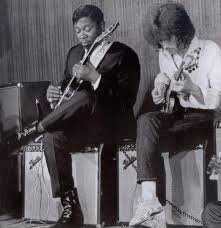
To use an FRFR cabinet or not depends on whether you have your own sounds or you need exact replicas of guitar sounds from various artists in different music styles. It’s more about being able to get accurate sounds, not about whether you need monitoring or not. If you don’t need exact tones HEARD on stage, you don’t need a FRFR speaker. It’s more of a personal preference. You will always be feeding the FOH with the full tone, and you can get your guitar sound back from the mixing desk via a personal monitor. It’s all about your preferences.
FRFR speaker cabinets normally look like a PA speaker, but some look very similar to a normal guitar speaker cabinet like the Line 6 Powercab 112,
6. Microphone / DI box
I put these two together because they are doing the same thing, taking the final shaped guitar signal and sending it to the mixer.
When using an amp we place a microphone in front of the speaker to catch the sound of the guitar and send it to the mixer. The mic is placed on a small mic stand or hung over the speaker from above. The most used mics for guitar amps are the Shure SM57 and the Sennheiser E906.

When using a separate amp and cab rig there is a solution where you don’t need to place a mic in front of the speaker. This is used when you need consistent tone going to the mixing desk, allowing you to change the volume of the amp only affecting the amp’s actual volume on stage, not in the FOH. For this type of setup, we need to use a special DI guitar box which is connected between the amp and speaker. They have a dedicated XLR output just like any other DI box and a cab simulator to compensate for the sound of the physical speaker in the cabinet whose sound isn’t fed to the mixer.
The easiest way to make your sound suitable for the mixing board without using a guitar amp is with a DI box. The DI box, which stands for Direct Input box converts the unbalanced, high impedance signal coming from the guitar, effects, and preamps to a balanced, low impedance signal that can freely travel to the mixer without catching any unwanted interferences. A DI box also splits the signal into two paths. One leads to the FOH, and the other usually named the thru output, can be used to feed an amplifier for monitoring usage.
It is a best practice to have a DI box with you all the time. If your amp goes bad, just replace it with a DI box and your gig will be saved.
Most multi effects and amp modelers have an integrated DI output. There are setups where you can use a DI box even if you’re using a guitar amp. Some guitarists prefer to use a DI box after effects to split the signal in two. One channel is fed to the amp which acts as a personal guitar monitor, while the second signal goes to the mixer. This way the sound engineer has an independent guitar signal.
Another variation is to mic the amp even if you are splitting the signal in two. Then the two signals, one from the mic’d amp, and the other coming from the DI box are further mixed, expanding the possibilities of the guitar’s sound.
7. Mixer
Main types of guitar rigs
Classic guitar rig
Components:
- Guitars: More than 1 guitar. Guitarists like to have a spare guitar in case something happens.
- Large pedalboard: A huge amount of effects, boosters, preamps, wah and volume pedals, MIDI controller, and footswitch. All this is carried or better said rolled on a massive flightcase.
- Valve or solid-state amp: Amp head with a speaker cabinet or combo amp. One 12” speaker minimum, up to 4 x 12”.
- Microphone on mini stand: The amplifier is mic’d from the front.
- Monitoring: From amp and personal monitors
Downsized classic rig:
- Guitar: One guitar
- Small pedalboard: with essential pedals
- Combo amp: with 10” speaker or smaller
Modern digital rig
Components:
- Guitar
- Multi-effects with amp, cab, mic sim, and DI out
- Output signal: goes to
- FRFR speaker
- Mixer
Ampless guitar rig
An ampless guitar rig is possible in classic and modern setups.
Ampless classic rig:
The amplifier is replaced with analog preamps and a guitar DI
Ampless modern rig:
A modern digital rig is already an ampless rig.
-classic pedalboard + DI box (stage monitors as amp. A normal di box will not work, because it does not color the tone, making the sound awful. You need a di box with a cab sim because you are not getting the frequencies a guitar speaker would produce.
Minimalistic guitar rig
What if you could travel to gigs with your whole guitar rig inside your gigbag? This is the smallest rig you can get. Besides your guitar, the only other piece of gear you need is a multi effect with amp and cab simulations. Having an amp simulator means the device works also as a DI box. The signal that it sends to the mixer is a line-level signal so that’s all you need to play a gig.
Instead of amp and cab sims, you can also use a guitar DI box with cab sim included. One of the best DI boxes for this purpose is the Radial JDX Direct-Drive.
The unit doesn’t have to be a smaller type like the Line6 HX Stomp or the newest member of the Kemper family the Kemper Profiler Player. Bigger, normal-sized multi effects like the Neural DSP Quad Cortex are also considered part of a minimalistic guitar rig.
Conclusion
The guitar signal flow is a simple signal-in-signal-out chain that keeps its order regardless of what elements we use. It’s up to us how we want to group them. Which products we will use, depends on our taste, budget, and type of gigs we need the guitar rig for.
Experimenting with various combinations and settings is the only way to find out what works for our needs. Experience is probably the most important factor for carving out our dream guitar rig.
Thanks to so many products, especially ones based on new digital and analog technologies, the sounds and combinations are endless.
Here at Easy Music Gig, as usual, we are always looking for new ways to make our gear smaller, lighter, and easier to use. To make this task easier, it is important for us to understand the way classic gear works. Only so, will we know what to look for. Once we know our goal, the constant improvements that we make will bring success in this exciting landscape of music gear minimalism.
